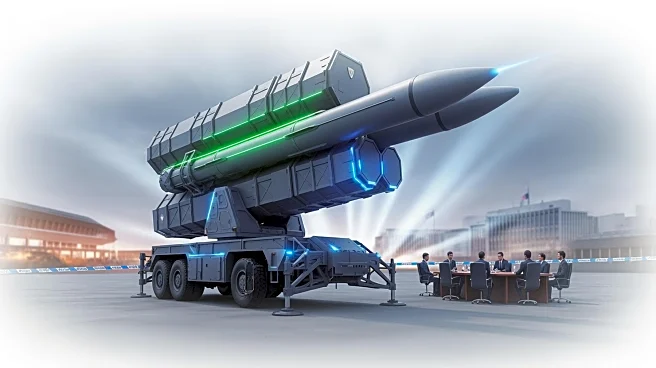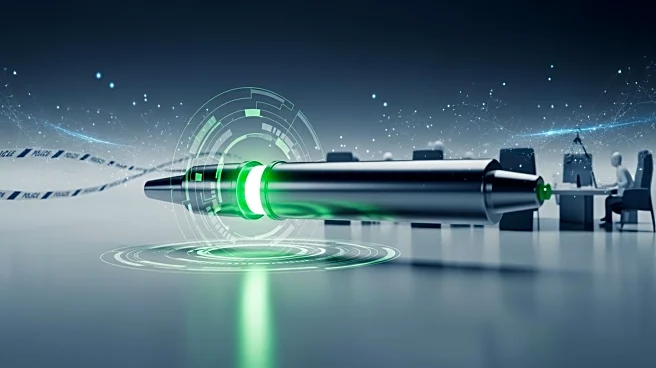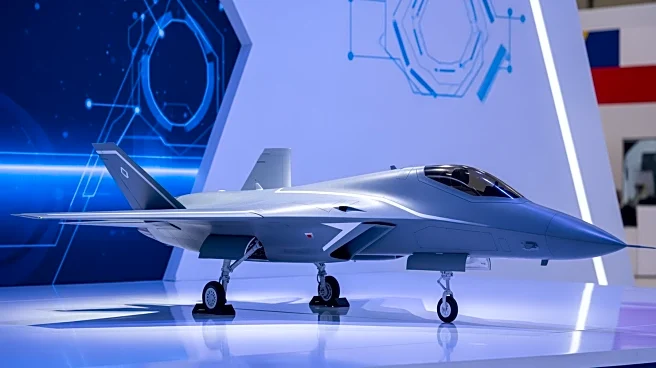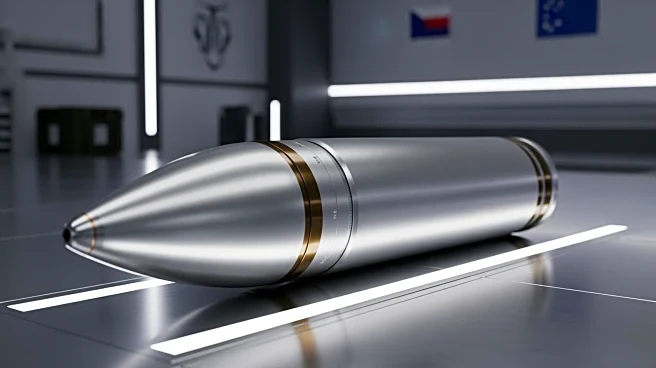What's Happening?
Codan, a company based in South Australia, has inaugurated a new production line for its MDS-20 Dual-Sensor Countermine Detector at its Mawson Lakes headquarters. The launch was officiated by Michael Brown,
the Assistant Minister for Defence and Space Industries. The MDS-20 detector, developed by Minelab, a subsidiary of Codan, integrates metal detection and ground-penetrating radar technologies. This advanced device is designed to identify low-metal landmines and components of improvised explosive devices (IEDs), enhancing safety for military and humanitarian operations. The production line is expected to save lives by providing reliable detection capabilities to defense personnel and humanitarian customers globally.
Why It's Important?
The introduction of the MDS-20 detector is significant as it represents a leap in technological innovation aimed at improving safety in conflict zones and areas affected by landmines. By enabling the detection of low-metal mines and complex IEDs, the device can potentially reduce casualties among military personnel and civilians. Codan's expansion and its commitment to exporting these technologies to over 150 countries underscore its role in global safety and security. The development also highlights the importance of local engineering and innovation in contributing to international humanitarian efforts.
What's Next?
Codan's expansion over the past four years, which has seen its workforce grow significantly, suggests continued investment in research and development. The company is likely to focus on further enhancing its detection technologies and expanding its market reach. As Codan continues to supply equipment to defense forces and humanitarian agencies, it may seek partnerships or collaborations to further its impact. Stakeholders in defense and humanitarian sectors may respond positively to these advancements, potentially leading to increased adoption of Codan's technologies.
Beyond the Headlines
The launch of the MDS-20 production line also raises ethical considerations regarding the use of technology in warfare and humanitarian efforts. While the device aims to save lives, it also reflects the ongoing need for technological solutions to address the consequences of conflict. The development may prompt discussions on the balance between innovation and ethical responsibility in the defense industry.












